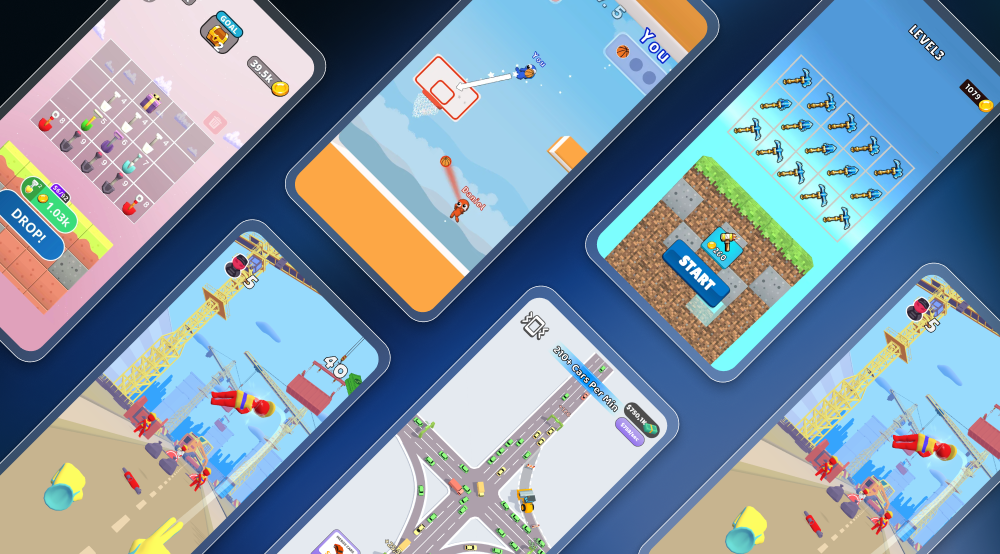In this LevelUp episode, Melissa sits down with Lisa Brunette, Narrative Designer and Game Writer at Brunette Games. They talk about the importance of narrative, why gameplay should always come first, how to write for mobile games, and how (and why) Lisa gamified her gardening.
Tune in or keep reading for the highlights:
The role of narratives in mobile games
"Stories are what bring players back, especially for some of our really long running games - for example, Sweet Escape. We know that the story of that game is bringing players back and that there is a cemented loyalty to the characters over years. When you're playing a puzzle game like that it's really fascinating, compelling, and interesting for people who love the story."
How to write narratives for mobile games
"We actually have distinct milestones that we follow on all of our projects with clients. We start with them at the concept stage, and we pitch three high level story ideas. This is after a conversation with the client in which we understand what the main gameplay is, whether that's jigsaw puzzle or merge gameplay or match three. In our games, often that meta element is decorating or perhaps makeover, or sometimes both. And then we create a story that really attempts to bridge and merge those.
The number one reason the player is there is to play the game. They're not passive. So we're really working on what is that story that is gonna merge all those three things together in this beautiful way. And we carry that through that process with every milestone.
We want things to be very short and very punchy. And, in most cases, while there's drama and interesting conflict that has to occur otherwise it's not interesting, most of what we're writing is jokes and we're really pushing the humor and being kind of meta and fun and just giving players that opportunity to enjoy."
Different platforms and audiences require different narratives
"The first game I worked on was for the DS and I worked on some other platform games. Those were for families and younger players.
So in the case of that first game for the DS, it was for teen girls. So that's a different audience than when I migrated over to mobile games. That became a new focus for me.
But that's a way different context than when you're in your living room with your Wii. So just taking that context into consideration every step of the way. You know, if you're dedicated to your PC, and this is your me-time, that's different. For mobile games, when I'm on the bus and I might get called for my stop, or I get my notifications coming in, it needs a different kind of storytelling."
How data affects narrative
"It all depends on the client and what data resources they have. Some companies have pretty robust psychosocial data from studies that they do on their players.
With them we'll have buckets and categories of types of players that we understand gravitate toward different genres. And so we're absolutely designing with them in mind. For example, there is a certain type of player who really enjoys, remaking the world in their own image, so to speak. They like to play God.
But it's not just the playing God, it's also fixing something. That's why in decorating games the levels are always in a destroyed state when you get there. Like something terrible has happened because we like to be the one to remodel it, to make it feel renewed."
Lessons for indie studios
"Don’t let the story get in the way. I think especially those indies sometimes come to games with a novel in a drawer that they wanna turn into a game. And that's usually a bad way to start. We instead start with the game and then craft a story that's integrated with it.
We don't want to turn anyone's novel into a game. That means that the story was written for passive entertainment, not for the interaction of games. So right off the bat, the first thing you want to do is make sure that your story is in service to the game."




